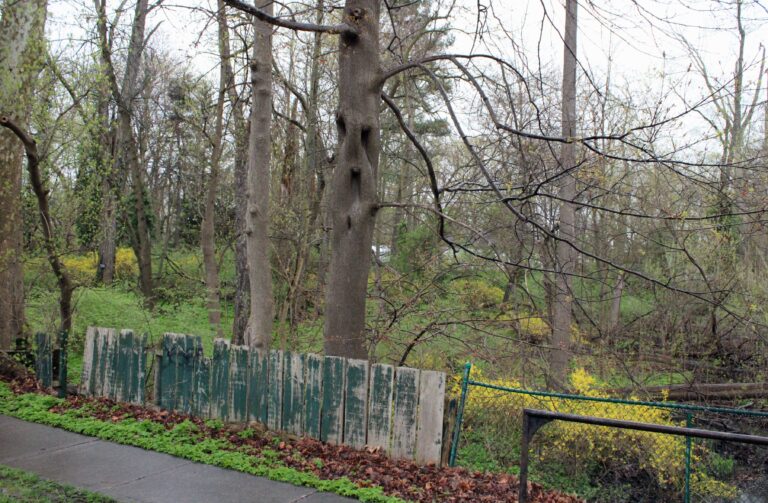Dangerous COVID-19 variants are making their way to Niagara.
On Monday, the region's chief medical officer of health Dr. Mustafa Hirji said there were 33 cases of suspected variants being investigated, up from six the week before.
“We've had a substantial number of additional cases screened positive for the variant,” he said during a media conference.
As of Wednesday, Niagara had 40 detected variant cases.
The province began screening every sample for variants Feb. 3. The screening takes about two days from the first test and is “almost 100 per cent accurate” in determining if a case is a variant, but further analysis needs to be done on the samples to confirm what type of variant it is.
Hirji said overall variant cases in Ontario are “rapidly rising” with about 20 per cent of cases now being the B.1.1.7 variant first found in the U.K. The province is predicting that number will be about 40 per cent by the second week of March.
In Niagara, about 16 per cent of cases are variants, and Hirji said those cases are “swiftly going to become dominant in terms of the proportion of cases that we have of COVID-19.”
For perspective, the time it takes for cases of common COVID to double is about 400 days. The doubling time for the variant is 4.4 days.
“Which is consistent with exponential growth every four and a half days, we seem to be doubling the number of variants that we have,” Hirji said.
The caution, he said, is the Niagara data is based on a very small number of cases so far.
“So these numbers could be a little bit exaggerated just because of that. But I think it's overall clear that the variants are now what are driving our cases flattening out, as opposed to continuing the decline that we were seeing earlier.”
Last week, he showed data from the province that predicted variant cases would start to climb.
“And I showed several other international comparisons where you saw a big spike leading to a third wave after regions reopened in a relatively high rate, and gave opportunity for those variants to start to spread,” he said.
With Niagara now in the COVID red zone, Hirji says people need to continue to be diligent about staying home, santizing and social distancing.
“This is exactly what the provincial modelling said. We would see our non-variant cases come down, we would see our variant cases start to climb, and as they grow large enough, they would start to dominate and we start to see that upwards trend.”
Based on those numbers and the doubling rate of COVID variants, it's possible the number of cases could be as high as 100 next week.
He said a major concern is that Niagara hasn't gotten its hospital case numbers down.
The “vast majority” of cases in Niagara are related to travel, to the GTA and even outside Ontario, Hirji said.
“Or indirectly linked where, for example, one person is linked to travel and then, say, family members of theirs become sick because they've had contact. There are a couple of cases, though, where we haven't found that link. So, there is a possibility there is some community transmission occurring.”
“The province has made the policy decision that they are going to proceed with reopening despite these risks being presented by their own expert bodies,” Hirji said.
In order to prevent a third wave, people need to continue to stay home and not travel for non-essential purposes “and really almost live as if we're still in the mindset that we were in the lockdown living under a stay-at-home order.”
He said while some businesses are open, people should still be avoiding them except briefly for essential reasons.
“It is not a positive story with the variants. It's thus far looking like we are tracking where the modelling has said we would go if we did an aggressive reopening. And, unfortunately, I think it's down to our personal behaviour as citizens now whether or not we avoid that third wave.”
“I have been cautioning all along that we shouldn't be reopening very quickly. Obviously, there's a provincial policy decision to go a different way. And I think we're seeing the fallout of those policy decisions right now,” he said.
“In terms of when I might advocate that the emergency brake be used, I'm actually reaching out to my colleagues in Thunder Bay as well as Simcoe, Muskoka to get a better understanding of what drove the use of the emergency brake there, so I have a better sense of when the situation might meet the threshold and when the province might take action,” he said.
Hirji said the region plans to publish the numbers of variant cases on its website.











